Full Art Mode
Exit Full Art Mode by clicking on Page or ESCTouch screen to exit Full Art Mode
skip
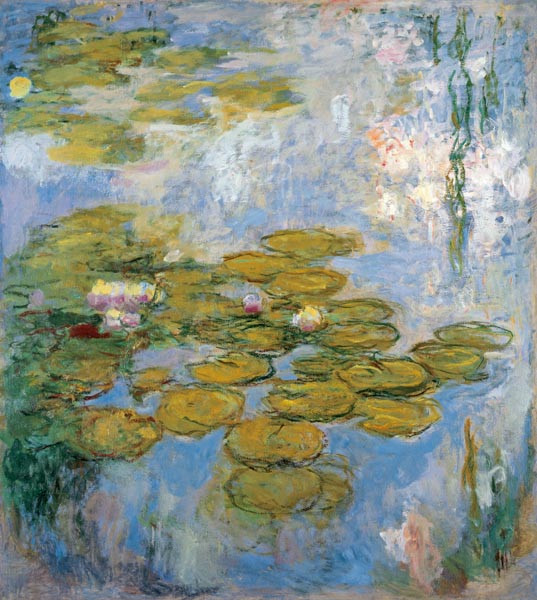
review
Monet - Kandinsky - Rothko and their inheritance
Paths of abstract painting
28.02.2008 - 29.06.2008
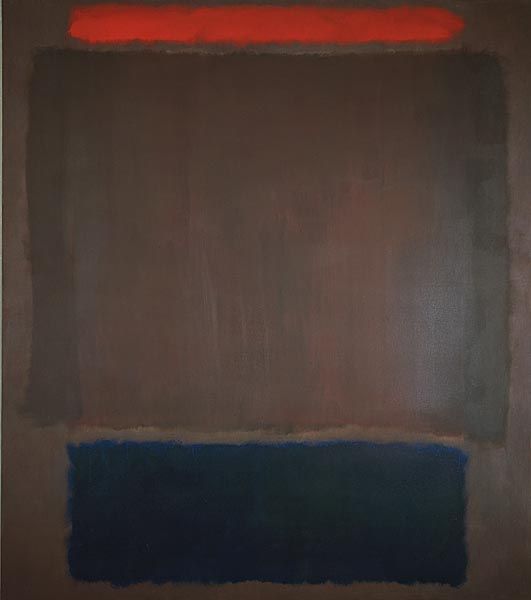
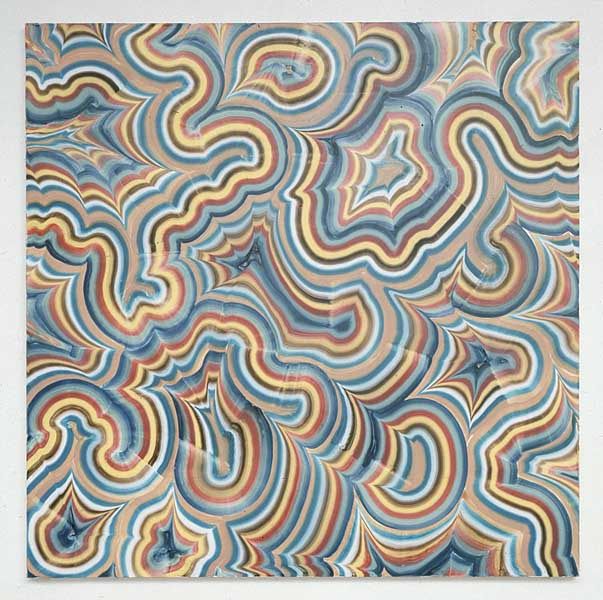
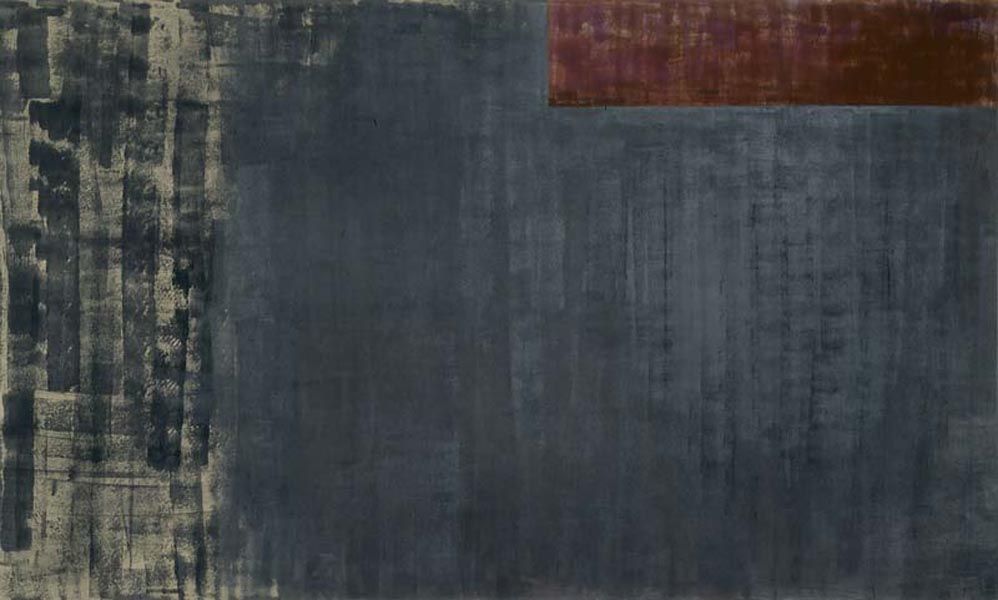
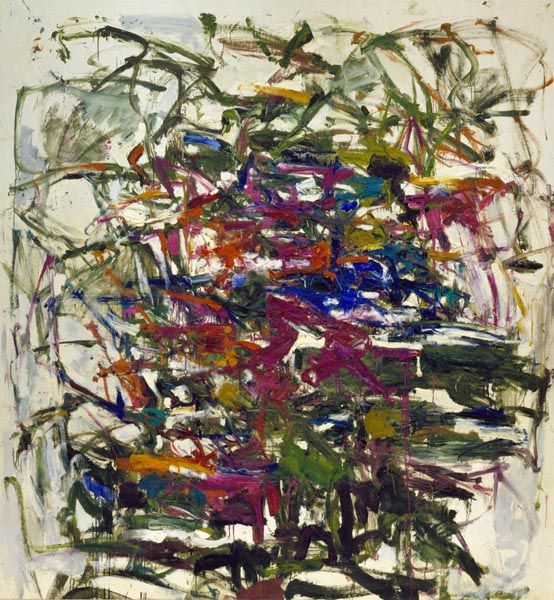
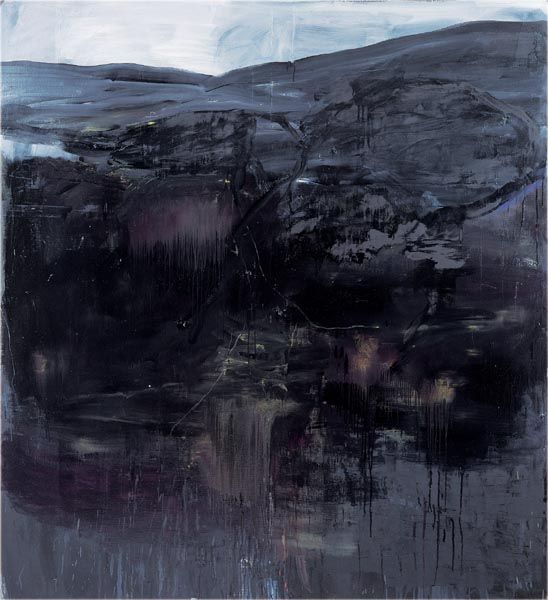
The exhibition puts the focus on a central theme of modern painting: abstraction. The timeline ranges from the pioneers of the modern movement including Claude Monet, Vassiliy Kandinsky, Kasimir Malevich, the exponents of Abstract Expressionism like Mark Rothko and Willem de Kooning, and contemporary formations including such artists as Gerhard Richter, Brice Marden and Sean Scully. Various thematic skeins are woven into the structure of the exhibition concept, uniting criteria contingent to the history of development, style, technique and aesthetics. It will provide a view of elective affinities, traditions, analogies and differences between various artistic works of different generations and hence underline the elemental status and topicality of abstraction for painting.
In the final consequence, the step-by-step rejection of objective representation means the dissolution of the painting, its »death«. Although artists like Kasimir Malevich and Ad Reinhardt repeatedly sounded out the limits of painting and although the end of painting has always been prophesied, artists always found new possibilities and ways to develop non-representational painting: a rich spectrum of examples can be encountered off the tracks chosen by the radical intellectual and conceptual ascetic. After the end of the modern movement, abstraction breaks free from purist dogmas, strict aesthetic guidelines and utopian world models. Artists extended the concept of abstraction to attain more freedom for painting – often involving combinatiorics, quotation, or reflection of »nature«. The theme of the landscape is also a key aspect in the early history of abstraction, when the impressionists – despite all fidelity to reality – defined the panel painting as a planar colour field. With the abstract conception of his water lily pictures, Claude Monet logically functions in this exhibition as the father figure of the Abstract Landscape.
The selection of works is concentrated on the sensitive power of »the painterly« within the classical square of the picture. Factors such as monochrome, texture, gesture, process orientation, colour field, geometry and construction play a superordinate role. Light will be cast on the spiritual and meditative aura of the abstract picture as well, also on conceptual criteria.
International formations are presented in a dialogue with artists from Austria who work in the abstract style – including Erika Giovanna Klien, Arnulf Rainer, Maria Lassnig and Hubert Scheibl; this is moreover a way of testing the Austrian contributions for their significance outside their own region and tradition.
review
Fotografis collection reloaded
11/09/2008 - 29/10/2008
review
